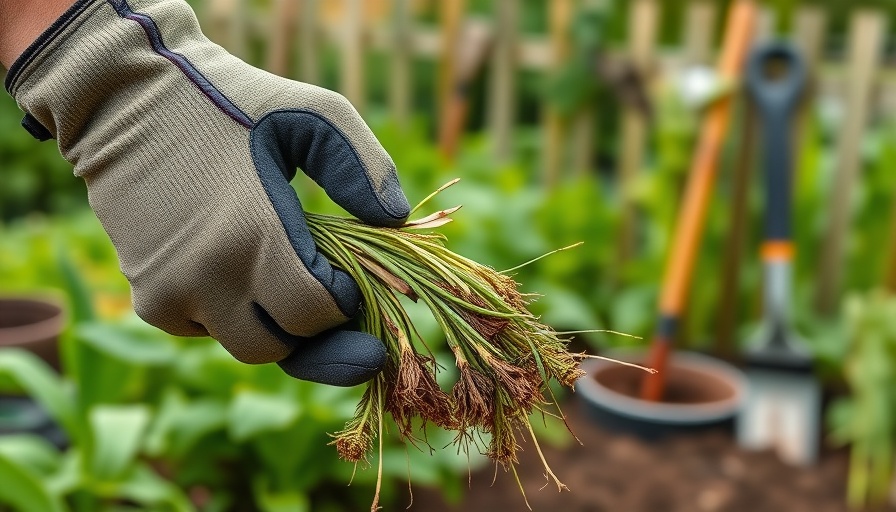
Understanding Pre-emergent Herbicides: The Basics
For many homeowners grappling with a pesky weed problem, the term "pre-emergent herbicides" can seem like a daunting puzzle. These herbicides are specifically designed to halt weeds before they sprout by creating a barrier in the soil that prevents the growth of seedlings. However, timing is crucial. For instance, in subtropical climates where grass species like St. Augustine thrive, understanding when to apply these herbicides can make the difference between a lush lawn and a weed-infested yard.
The When and How of Application
According to turfgrass weed specialist Dr. Shawn Askew, one of the most common mistakes homeowners make is applying pre-emergent herbicides incorrectly—often too late in the season or after weeds have already germinated. He states, "Pre-emergents are effective only if the weeds have not yet sprouted." This means for summer weeds like crabgrass and goosegrass, treatment typically takes place between January 1 and mid-February, when soil temperatures are below 55 degrees. Conversely, treating winter weeds should happen around September 1, which aligns with dropping soil temperatures below 70 degrees.
Common Misconceptions About Pre-emergent Herbicides
Many homeowners believe that pre-emergent herbicides can eliminate all weed types, which is a misconception. Dr. Askew emphasizes that while these herbicides are helpful, they won't address all weed varieties, especially those that are annually persistent. Regular follow-up treatments, alongside proper lawn care techniques, can significantly improve outcomes. For example, combining pre-emergent applications with good cultural practices like overseeding or aeration can fortify your lawn’s resilience against weeds.
Practical Tips for Effective Weed Management
To cultivate a thriving lawn, homeowners can utilize several tactics:
- Adopt a Proactive Approach: Regularly monitor soil temperatures and adjust application timings accordingly.
- Stay Educated: Engage with local lawn care experts or resources, like Dr. Askew’s upcoming webinar, to stay informed about best practices.
- Water Wisely: Post-application, it’s vital to water the area if there’s no subsequent rainfall. This action activates the herbicide, ensuring effective prevention of weed growth.
Future Trends in Lawn Care Technology
The future of lawn care is bright with advancements in technology, including smarter applications of pre-emergent herbicides. Expect more precision-driven tools that can monitor soil conditions in real-time and provide data to homeowners or contractors for optimal application windows. Innovations such as drone technology could also radically change the lawn care landscape, making it easier to manage pretreatments effectively.
Building Community Knowledge: The Value of Expert Guidance
The importance of platforms like ProHomeGuides and interactions with experts like Dr. Askew cannot be overstated. There’s a vital connection in sharing knowledge about lawn care—encouraging proactive practices and fostering a community that values ecological sustainability in landscaping.
Actionable Insights for Homeowners
Before you tackle that weed problem, consider these tips:
- Join local community workshops centered around lawn care to gather insights and experiences from fellow homeowners.
- Reach out to local extension services for tailored advice that fits your specific soil and climate conditions.
- Be proactive in your lawn management; preventative care often yields better results than reactive treatments.
It's time to take your lawn to the next level. By applying these insights and techniques, you can transform not just your grass but also your overall outdoor experience. Seek out community resources or webinars to continuously educate yourself on effective practices—like those offered by Dr. Askew.
 Add Row
Add Row  Add
Add 






Write A Comment